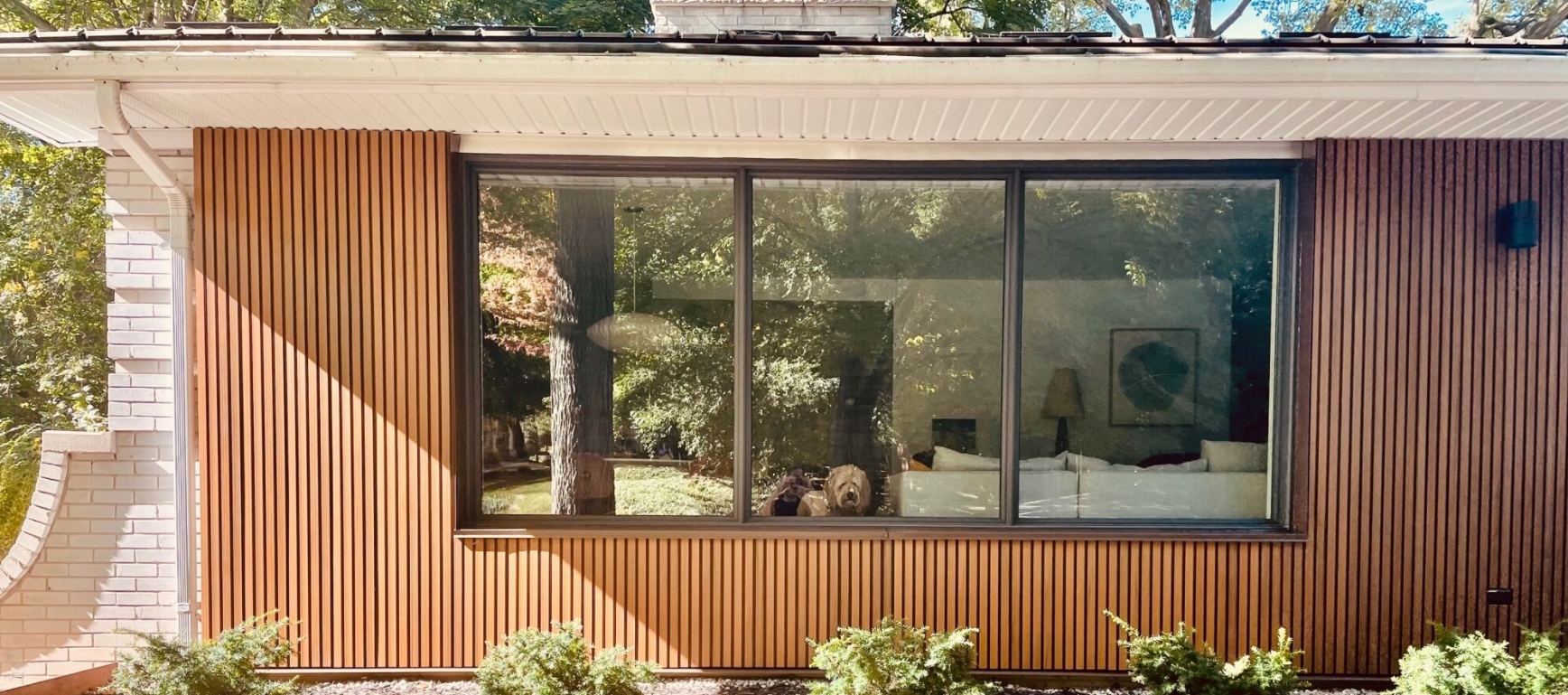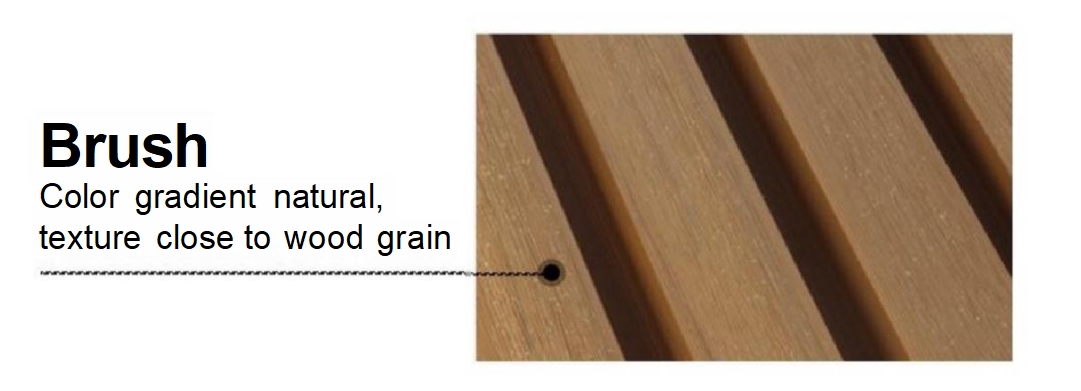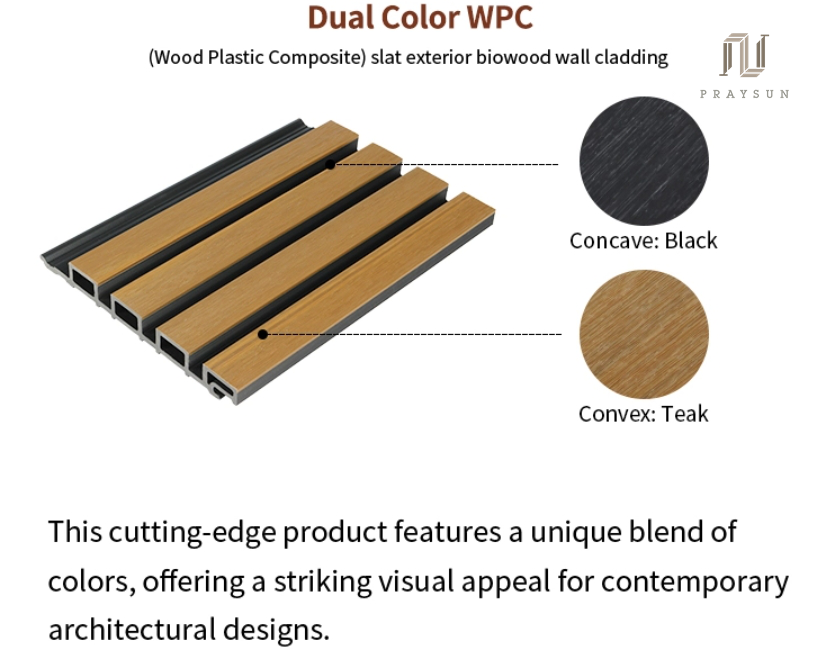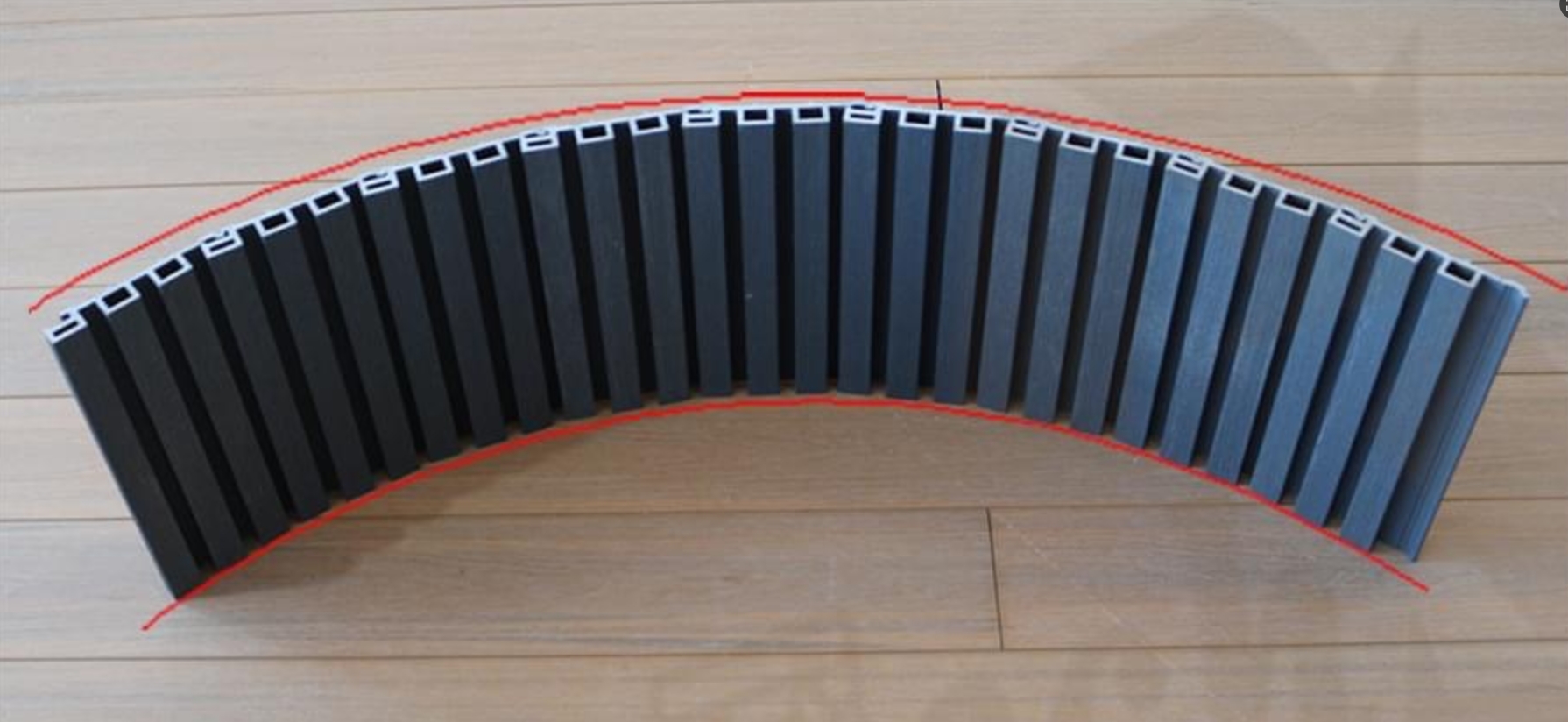Choosing the right wall paneling material can make or break the style, performance, and sustainability of your space. In 2025, as green architecture and premium aesthetics continue to dominate design trends, the debate between Wood Plastic Composite (WPC) and Polyvinyl Chloride (PVC) wall panels is heating up. Are you aiming for natural warmth and eco-friendly construction? Or do you prioritize low cost and easy maintenance?
This comprehensive guide compares WPC and PVC wall panels across six critical areas—material composition, durability, aesthetics, sustainability, buying tips, and market trends. Whether you're designing a cozy home or outfitting a commercial venue, you’ll walk away knowing exactly which material suits your needs.

WPC wall panels are a hybrid of wood fibers (50%–70%) and thermoplastic resins like polyethylene or PVC. This blend creates a surface that merges the natural grain of wood with the durability of plastic. For example, Praysun’s WPC exterior wall cladding retains the elegance of timber while contributing to environmental goals through the use of recycled materials.
By contrast, PVC wall panels are 100% synthetic, derived from fossil fuel-based polymers. They’re lightweight, waterproof, and budget-friendly—but often look more industrial and lack tactile warmth. Also, their limited environmental value is a growing concern, especially as green buildings gain traction globally.
👉 If your vision is eco-conscious design with a natural feel, WPC takes the crown. If cost and basic functionality dominate, PVC still serves a purpose.

WPC wall panels are highly resistant to scratches, impacts, and moisture, making them ideal for high-traffic areas like hallways or family entryways. Thanks to their robust build and surface coating, they repel stains such as oil and coffee.
PVC panels are easy to install and handle, but they often fade, yellow, or become brittle under UV exposure. In sunrooms or spaces with direct sunlight, PVC might need frequent replacements or touch-ups, increasing hidden maintenance costs.
WPC thrives in humid or temperature-fluctuating environments, withstanding temperatures from -40°C to 60°C without warping or molding. Whether it's a bathroom wall or an outdoor patio, its performance stays consistent and reliable.
PVC, although waterproof, struggles under heat. At high temperatures, it may emit volatile organic compounds (VOCs) and experience thermal expansion, causing joint cracks or material degradation—especially problematic in complex climates.
WPC wall panels bring unmatched real wood aesthetics to modern construction. Advanced embossing techniques replicate wood grains from rugged oak to smooth cedar. Take Praysun’s dual-color WPC panels for example—black concave with red convex cedar tones—that offer both visual depth and contemporary flair.
On the other hand, PVC panels, though available in many colors, have flat and often plasticky surfaces. Their imitation of wood textures is basic and often fails in premium design applications, making them less appealing for luxury homes or boutique hotels.

WPC supports creative layout formats like zigzag and wave patterns. Designers can create eye-catching wall features in children’s rooms or sleek office backdrops using modular WPC panels. This article showcases how WPC transforms ordinary spaces with unique geometrical compositions.
PVC, limited in form and rigidity, is better suited for standard layouts. Its lack of design versatility makes it less desirable for homeowners or architects seeking custom aesthetics.

WPC wall panels are eco-forward. They use recycled plastics, avoid formaldehyde emissions, and meet LEED green building standards. For families or office spaces conscious about indoor air quality, WPC is the safer and more sustainable choice.
PVC panels, meanwhile, are fossil-fuel-intensive. Lower-end PVC products may even contain lead or cadmium. Though affordable, they carry a significant environmental cost over their lifecycle—prompting many high-end developers to pivot toward WPC solutions.
When selecting WPC wall panels, keep these tips in mind:
Wood-Plastic Ratio: Outdoor applications? Choose WPC with 60–70% plastic for waterproofing. Indoor use? Higher wood content enhances natural aesthetics.
Additives: Look for products with UV inhibitors, anti-mold agents, and certifications like SGS for flame retardancy.
Installation Systems: Go for snap-fit or mortise-and-tenon systems to save on labor while ensuring long-term stability.
Praysun’s premium WPC wall panels check all these boxes—offering visual appeal, functional strength, and eco-compatibility.
The building materials landscape in 2025 reveals a clear pattern: WPC wall panels are outpacing PVC in both volume and value. Driven by carbon neutrality goals and the preference for wood-like finishes, WPC’s market share is growing 15% faster than PVC globally.
While PVC maintains a presence in budget-sensitive markets, WPC is quickly becoming the preferred choice in residential complexes, commercial hubs, and sustainable public architecture.
Conclusion: What’s the Final Verdict?
To sum it up:
WPC wall panels win in aesthetics, durability, sustainability, and versatility.
PVC wall panels remain viable for tight budgets and basic needs but lag in long-term value.
If your project demands natural beauty, resilient performance, and eco-credentials—WPC is the future-proof solution.
Explore Praysun’s full range of WPC exterior wall cladding solutions and bring your next project to life with style and sustainability.
praysunmaterials@gmail.com